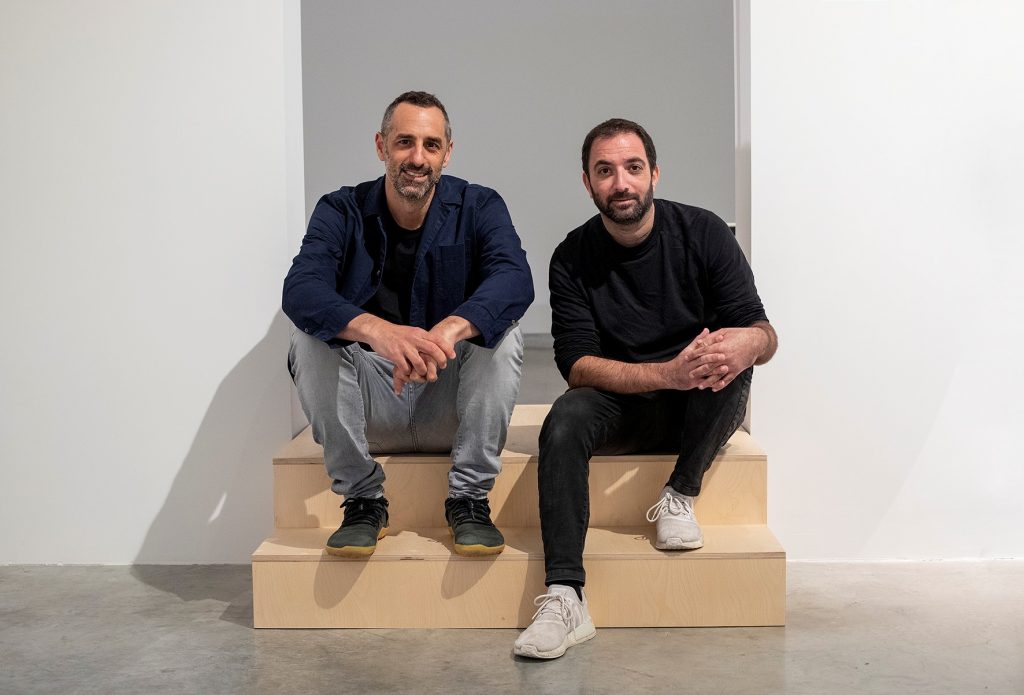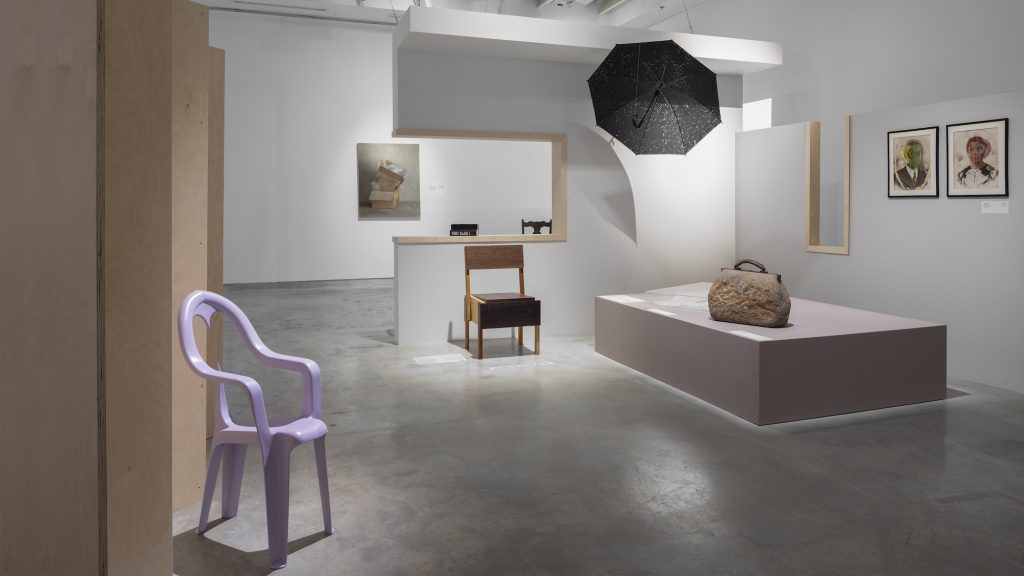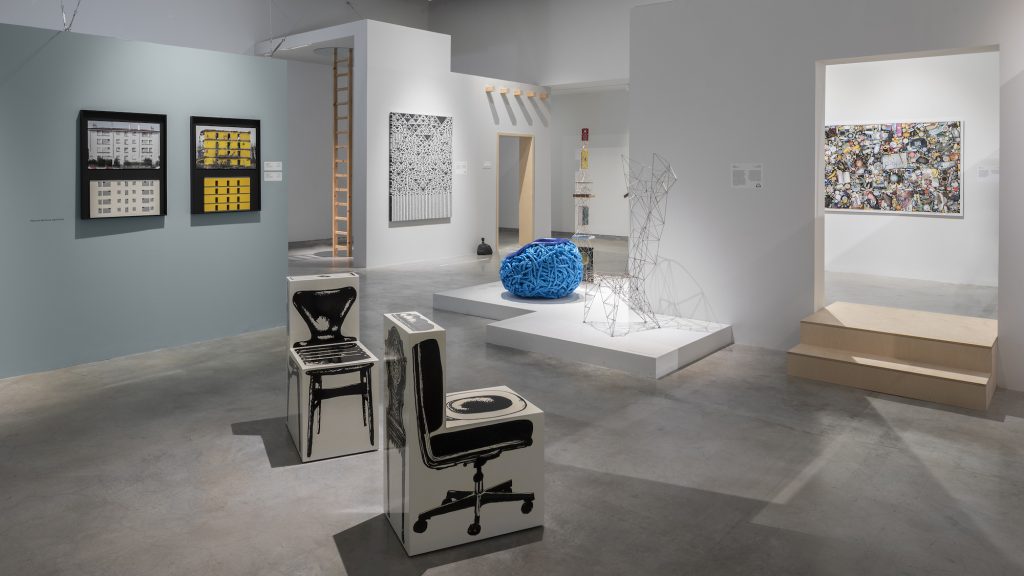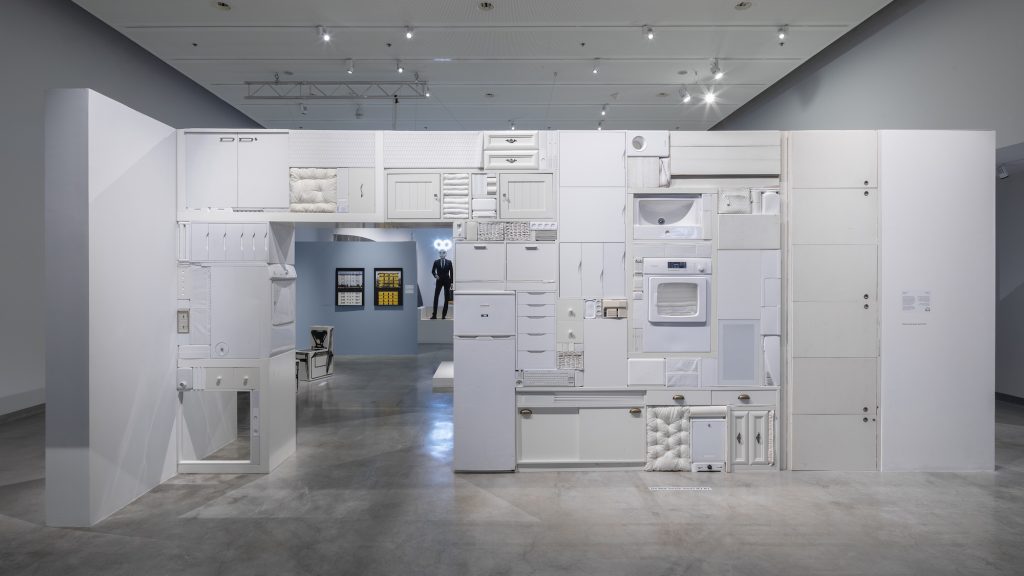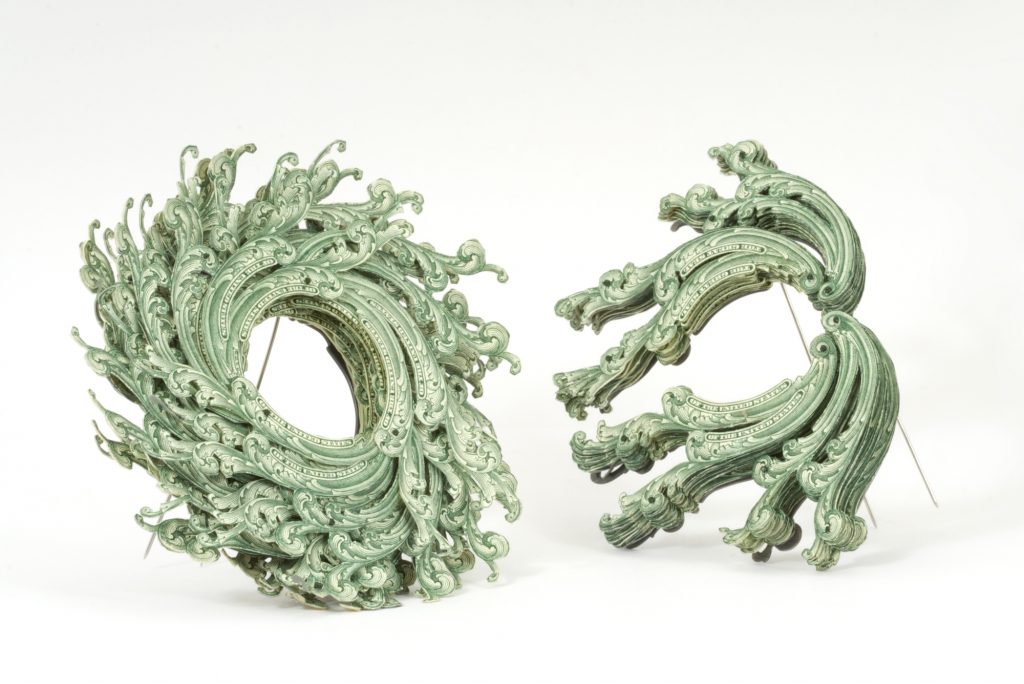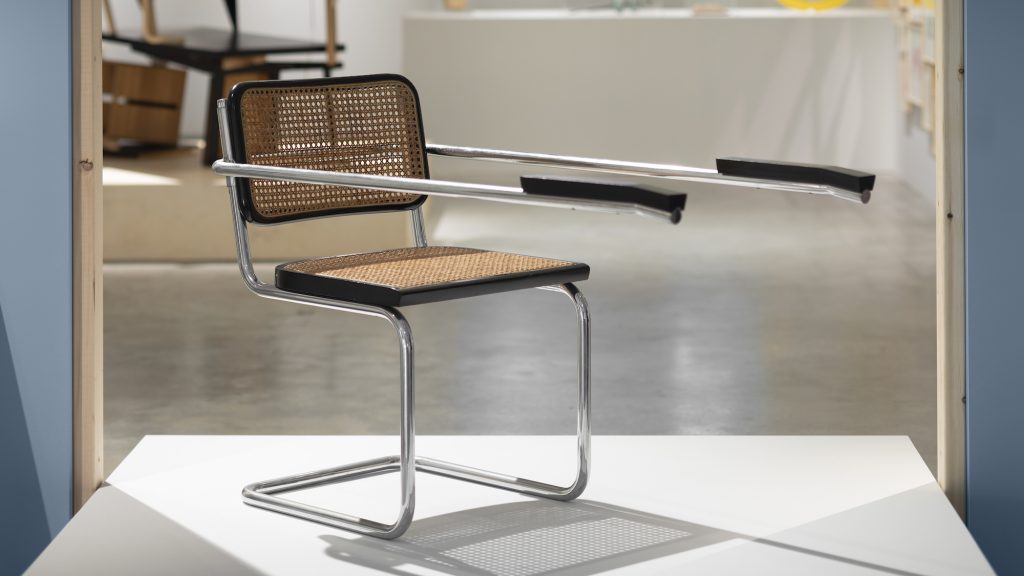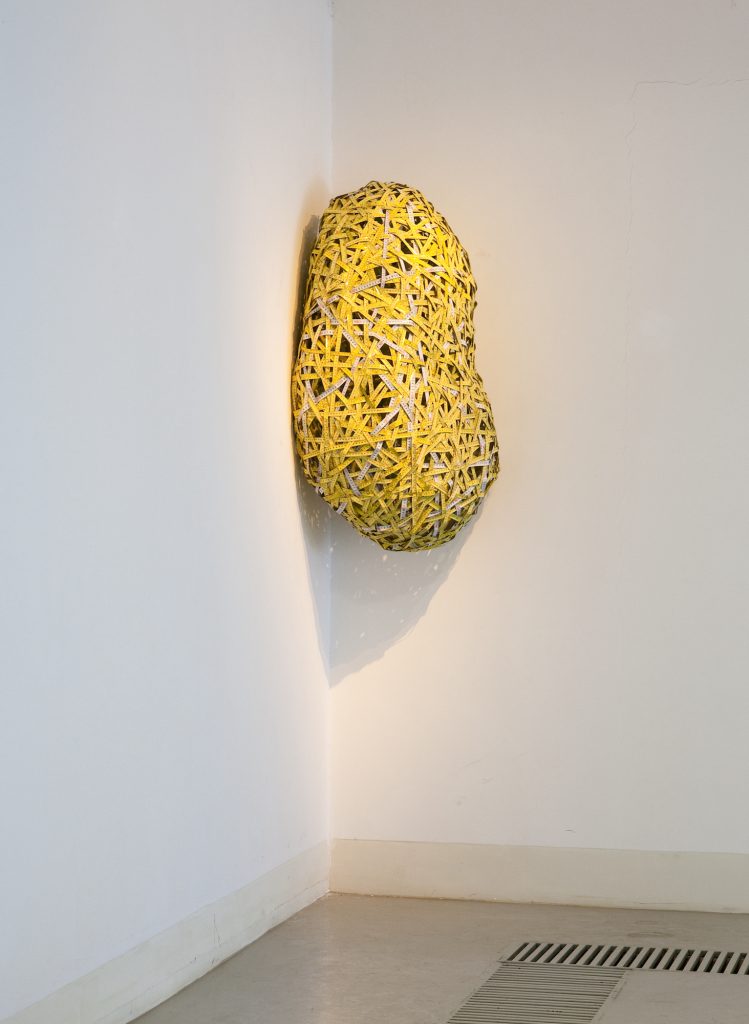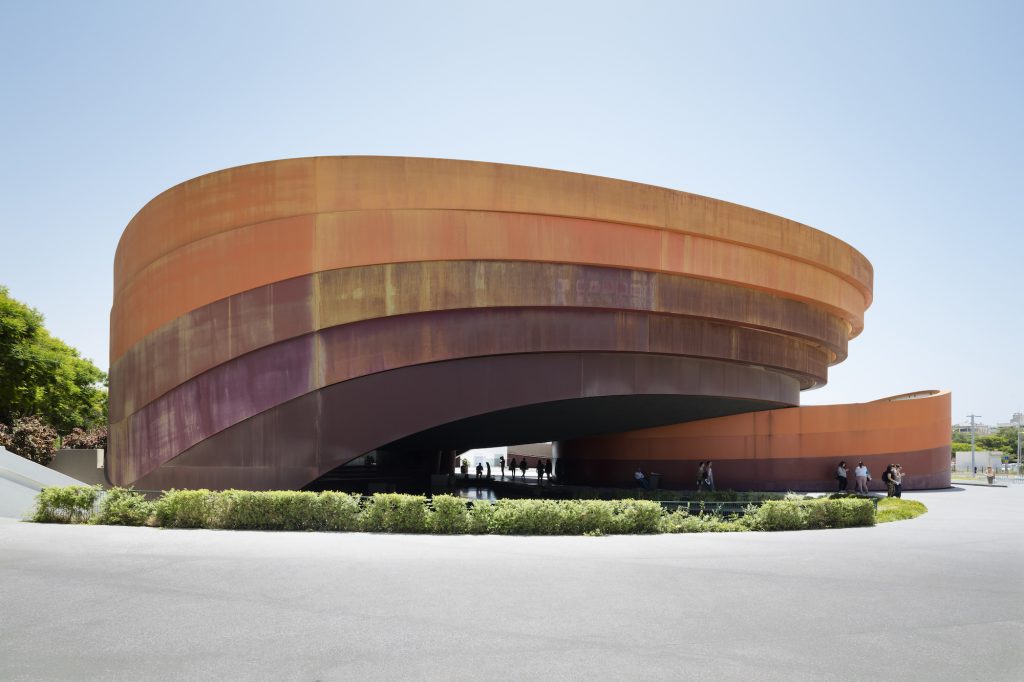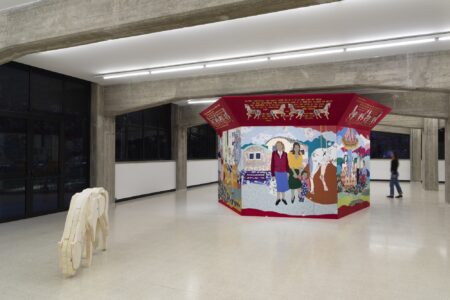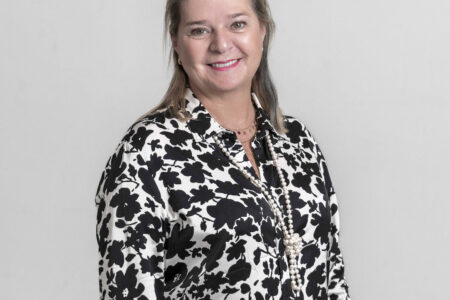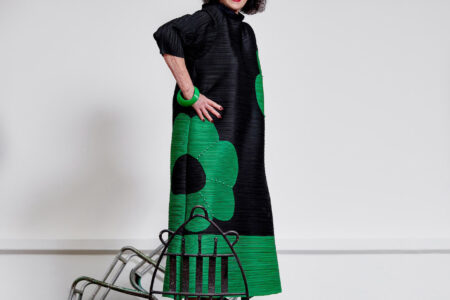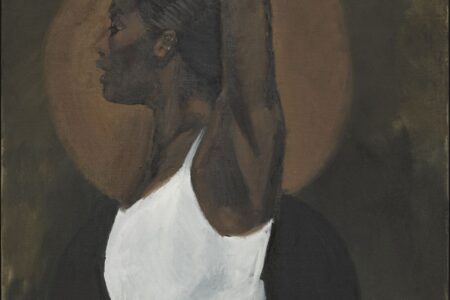Overdose at Design Museum Holon
The Desire in the Habitual, the Obsessive in the Familiar, the Implicit in the Excessive – Objects from the Galila Barzilaï Hollander Collection is an in-depth exhibition that questions our perception, dependence and use of everyday objects.
Overdose, an exhibition currently on view at the Design Museum Holon, Israel, features a selection of 170 works of art from the Galila Barzilaï-Hollander Collection. Curated by designers and artists, Neil Nenner and Avihai Mizrahi, the exhibition “aims to question the essence of the simple things that are almost impossible to notice, as well as to live without.”
Overdose is the result of a several-years long exchange of ideas between Barzilaï-Hollander, Nenner and Mizrahi, who first met at an exhibition of works on paper by Israeli artists at the Erets Israel Museum in Tel Aviv . In addition to working as graphic designers and artists, Nenner and Mizrahi often collaborate with the Design Museum in Holon, particularly with exhibition design. The three had an immediate connection and when Barzilaï-Hollander asked them to design the logo for her Brussels exhibition space, Galila’s P.O.C, the two discovered her extensive art collection, where ideas for curating an exhibition started to develop. “The idea of Overdose was inspired by Galila’s house and galleries, where artworks are part of everyday life,” say Nenner and Mizrahi.
The exhibition is spread over two floors and the scenography mimics that of a house, with the works standing in for various places and uses of a house. The installation and selection of works is meant to disturb and disrupt our ideas of how and why we use everyday objects, the most banal of things taking on other meanings and almost making us feel uncomfortable because its typical use has been altered. Works such as Atelier van Lieshout’s, Excrementorium, a bright-red circle of toilets that are connected through plumbing tubes like some sort of surreal children’s playground merry-go-round, or Edgar Orlaineta’s Guilty Cesca (Zombie), 2010, which takes the body of the classic Marcel Breuer Cesca chair but extends the arms to make it look like a design icon zombie, or Swedish designer Michael Johansson’s Ghost VII a wall of white facades of typical household furniture – such as a stove, refrigerator, dresser or cushion. It’s like a memorial to the banal. Much of the work on view is a mix of craft, design and art, a cross-pollination of forms, techniques and ideas, such as Zhou Wendou’s Intertwined, 2007, a cocoon of measuring tapes that adheres to the corner of one wall as moth or caterpillar might be, or Lauren Tickle’s $54.00 Currency Converted, a meticulously crafted pin made from latex covered dollar bills that question the idea of value.
“The curators made all the associations and philosophies; it was their vision on the collection and [they made] connections that maybe were not considered before. They had carte blanche to the collection and discovered things I had not thought about before. It was a good exercise for me,” states Barzailaï-Hollander.
Nenner and Mizrahi note, “As designers, we have a constant preoccupation with the aesthetics of everyday life. It is impossible to ignore the fact that there are so many trivial objects and ugly public spaces around us. Our experience is inclusive and it will be better if we take care of all its dimensions. So, when someone manages to reconsider and define the obvious in a way that produces a different value or quality-it excites us in the same way as it excites Galila.”
Overdose is on view through August 13, 2022.
@ designmuseumholon
@galila_barzilai
www.neilnenner.com
@avihaim
